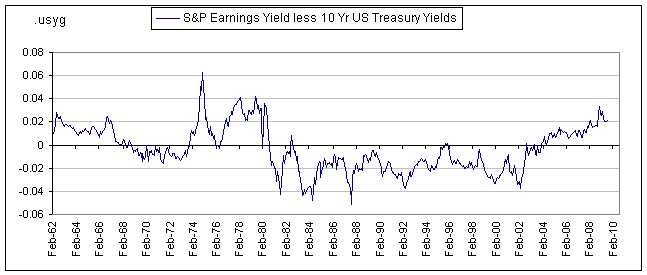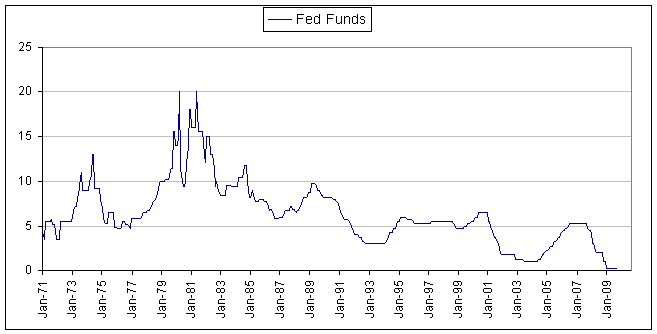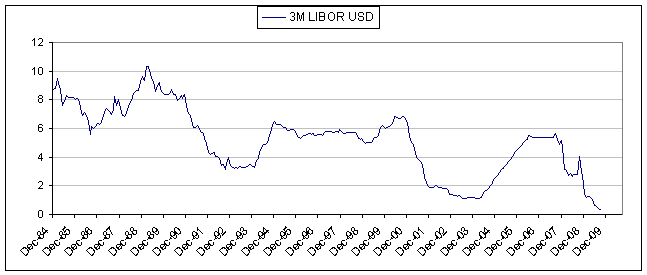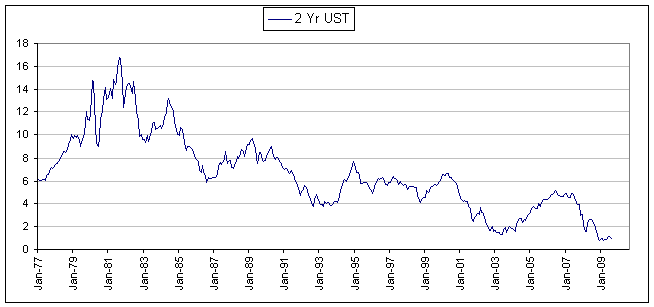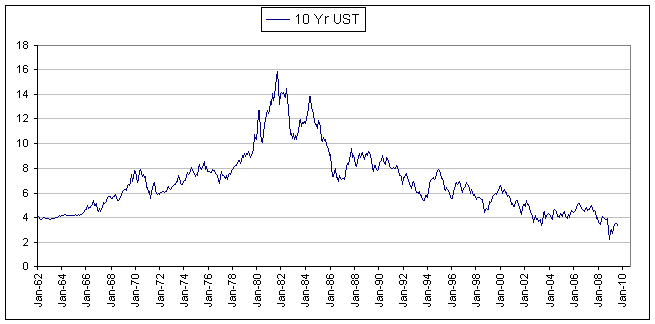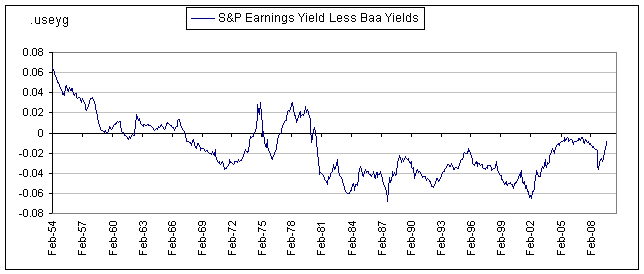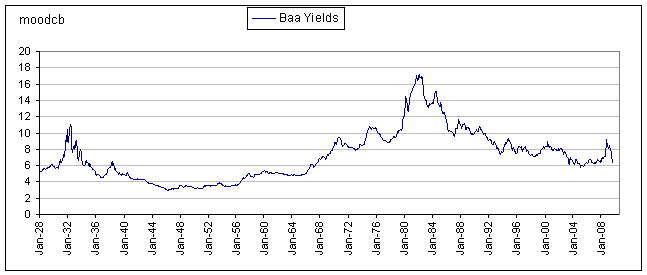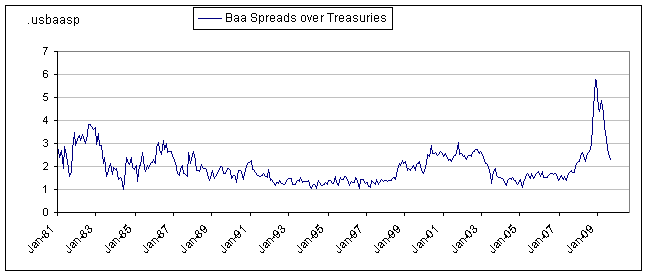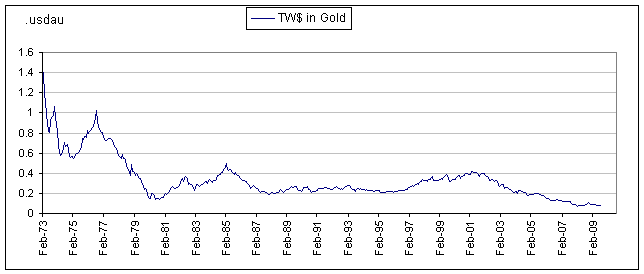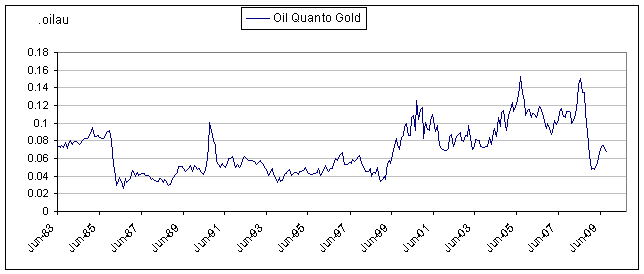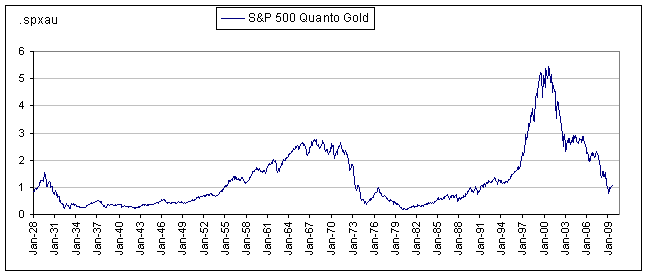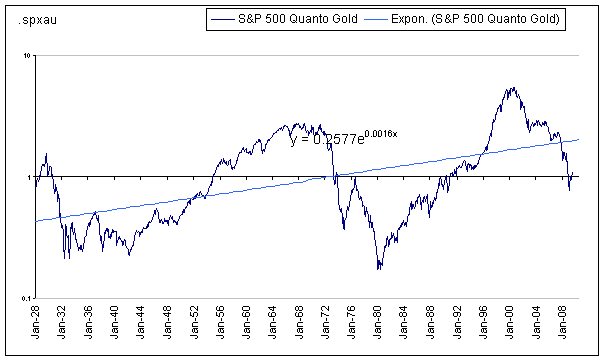Hedge Fund Leverage. Too much or too little?
Hedge Fund Leverage. Too much or too little?
Every time there is a hedge fund crisis the subject of leverage comes up. But how does one define leverage in a hedge fund? Is it the same definition you would use for a proprietary trading desk being allocated risk?
Let’s deal with fixed income and credit strategies separately as there are peculiarities which complicate. Let’s begin with the familiar equity long short strategy. Some managers measure leverage as total gross exposure as a percentage of NAV. That is, how many dollars long plus how many dollars short, divided by net assets. Another measure of risk, the directional risk of the portfolio, is the net exposure. This is the long exposure less the short exposure divided by net assets. Investors and managers tend to agree that the gross and net exposures are the accepted measures of static risk. Some managers use a ratio which is the long short ratio being the long exposure divided by the short exposure. It gives a sense of the directionality of the portfolio.
Gross and net exposures are useful metrics of leverage, but there are other interesting metrics. Consider the balance sheet of a fund.
Assets:
The assets of the fund include the equities held long, and cash whether the cash is from short sales, drawings on credit facilities or from the equity contributions.
Liabilities:
The liabilities of the fund include the equities borrowed for shorting, the mark to market P/L of the short positions, and any credit facilities for the purposes of leverage.
Shareholders Equity:
Shareholders equity is self explanatory.
Here is a snapshot of what a balance sheet would look like:

This one shows 90% long and 90% short exposure, effectively a market neutral book with a gross of 180%.
The asset to equity ratio is picking up the 10 cash assets hence the discrepancy. Gross exposure is still a good measure as the cash assets exhibit no volatility.
From this position, consider mark to market P/L in the long and short books and the impact on the leverage ratios:

Here Long MTM is positive if in profit and Short MTM is positive if in loss.
Observations are:
- An unrealized loss on the long book increases leverage. Short exposure increases more quickly than long exposure decreases.
- An unrealized loss on the short book increases leverage. Short exposure increases more quickly than long exposure.
- An unrealized gain in the long book decreases leverage. Short exposure decreases more quickly with profit than long exposure increases.
- An unrealized gain in the short book decreases leverage. Short exposure decreases more quickly with profit than long exposure.
What this highlights is that losses and gains on the long book and or on the short book necessitate adjustments to both long and short books to arrive back at the desired level of leverage.
Risk, Volatility and Correlation:
Equity = E, L = Longs, S = Shorts and C = Cash.
E = L-S+C
Let’s assume that Cash has no volatility or correlation to the long and short books.
Thus the variances are V(E) = V(L) + V(S) – 2 Cov (L,S), for a fixed level of E.
Risk management of the NAV, what is important to investors, would have to take into account the volatility of the longs, the shorts and the correlation between the two sub portfolios. This is nothing extraordinary or novel and is how the industry already looks at risk. Not always is the risk decomposed this way and there are other decompositions of V(E). If the covariance between longs and shorts is low, the volatility of the NAV is a function of the sum of the volatilities of the assets and liabilities.
From the portfolio manager’s perspective, it is important to manage the liabilities of the fund as well. Liabilities will need to be managed to the Assets less the Equity of the fund. Thus the uncertainty or volatility of the liabilities must be a function of the volatility of the assets + the volatility of the equity less twice the covariance between assets and equity. Assuming that the correlation between assets and equity is zero, the variability of liabilities is an increasing function of the sum of the volatilities of Assets and Equity.
If the manager is targeting to create a long book and short book that is highly correlated so that one is a hedge for the other, then the variability of the liabilities is reduced. If the manager is creating highly independent long and short book, then the reduction in variability from the covariance term becomes negligible. Its just a point to note when a manager represents the style of management of the portfolio.

